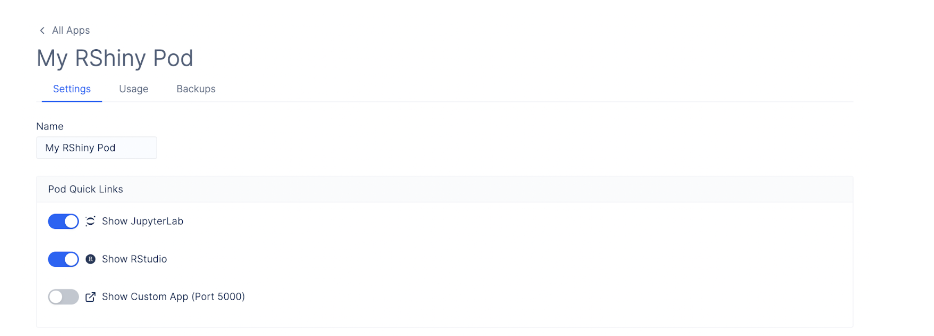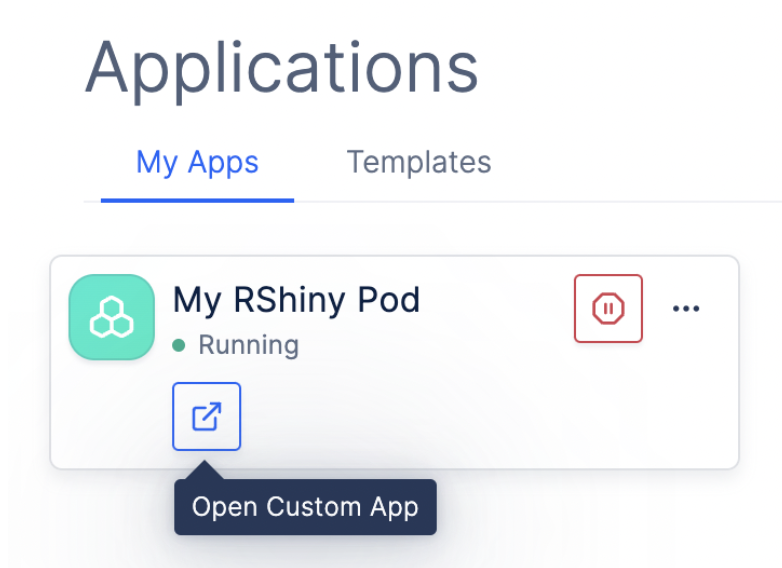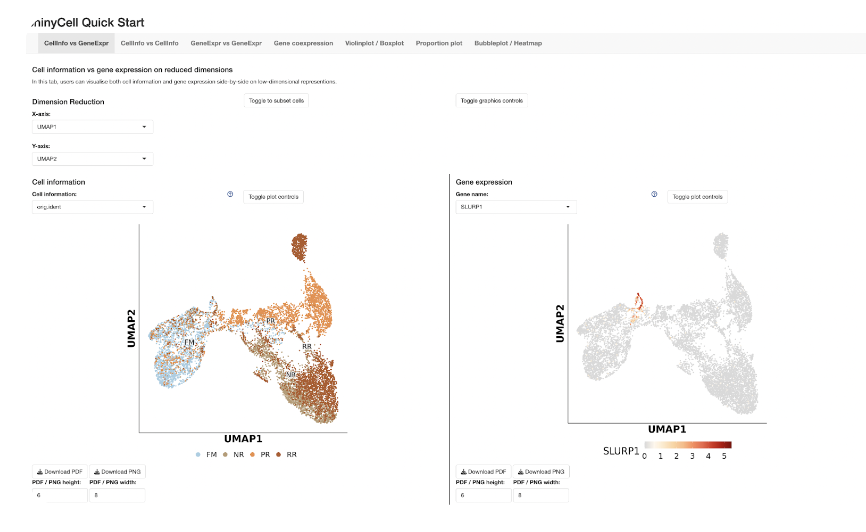- Setting up an EC2 instance
- Installing R, RShiny, and other required dependencies, or setting up an instance with RStudio Server AMI (Amazon Machine Image).
- Upload your app code and data to the instance from your local machine or S3.
- Configuring security groups
- Starting the Shiny server
- Setting up a public IP address for the EC2 instance to make it accessible in a web browser.
Create an RShiny Pod

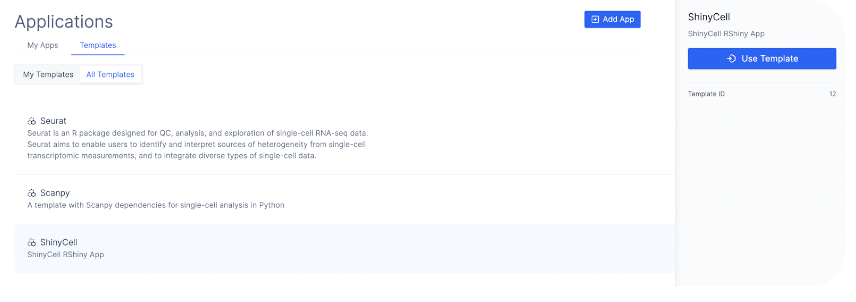
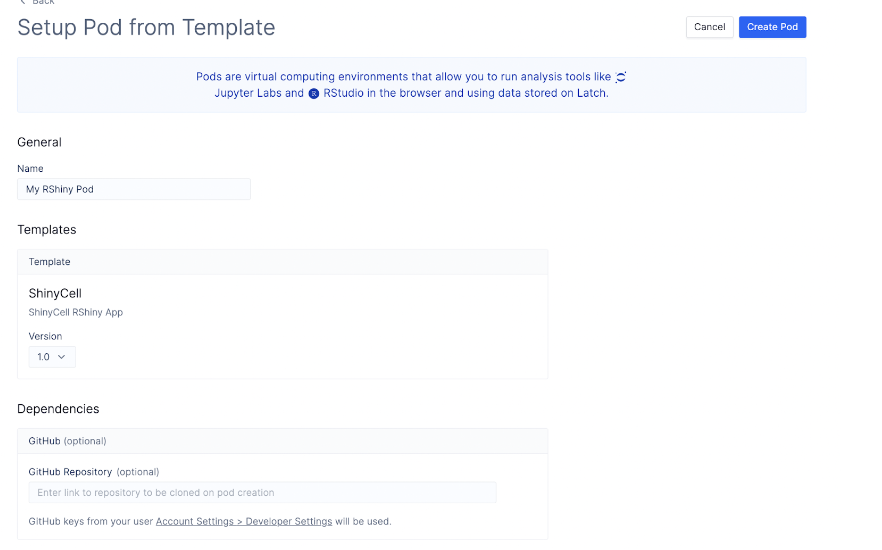
Start the RShiny Server
Click on the RStudio icon to open the Pod. As you can see, the home directory of the Pod contains a RDS object and a shinyApp folder, which comes from the previously selected Pod template.
shiny::runApp('/root/shinyApp', port=5000, host='0.0.0.0')
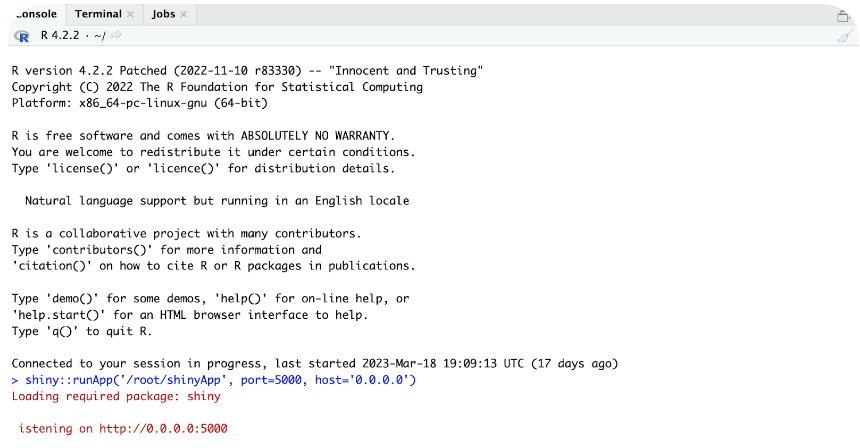
Share the RShiny App
Navigate back to the Pods page, and click “Manage Pod”.
